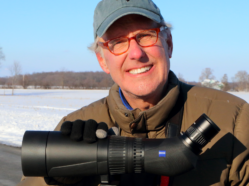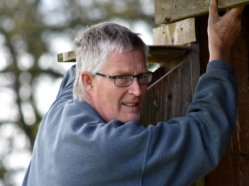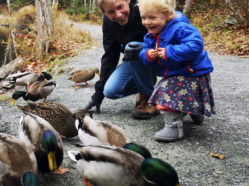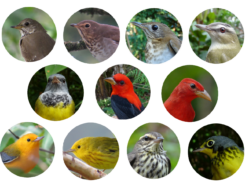Nominations Open for 2022 AOS Awards
The American Ornithological Society’s (AOS) 2022 awards cycle is now open! Each year through our awards program, the AOS celebrates the notable achievements of ornithologists who are engaged in critical and innovative avian research and conservation science, research publication, and service to the Society. We rely on YOU, our members, to nominate your colleagues, mentees, …




